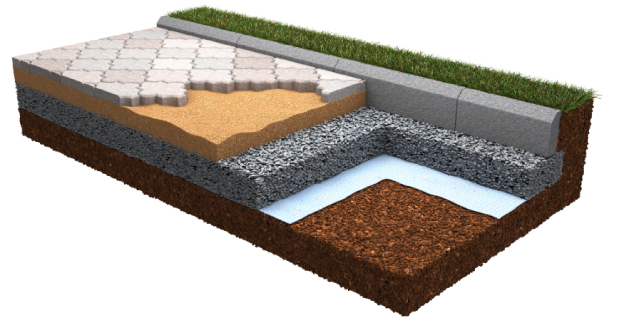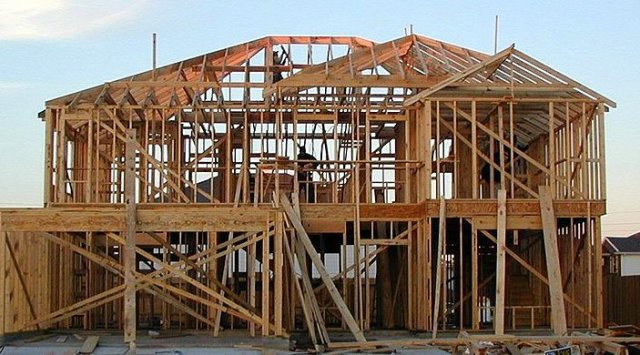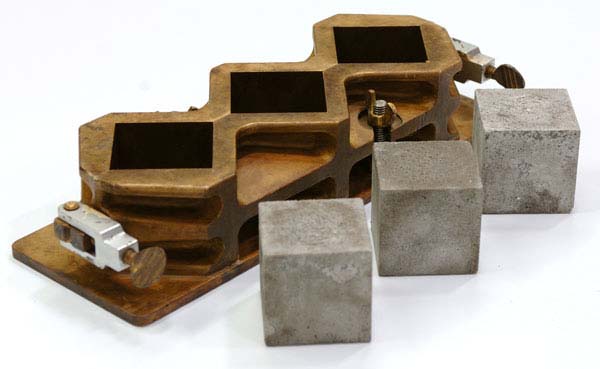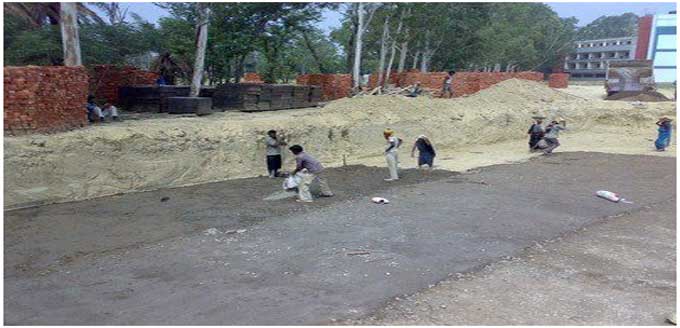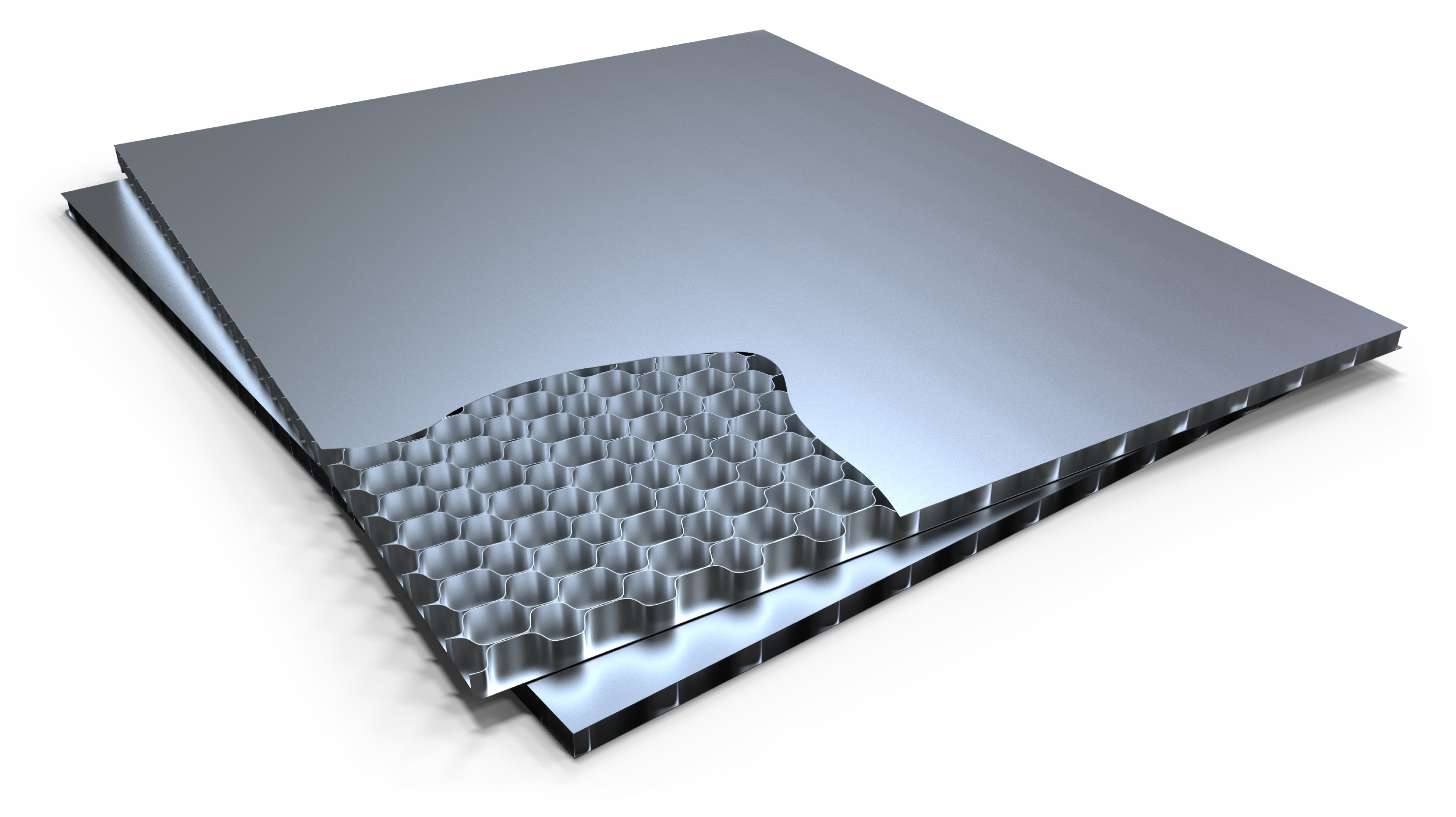Geotextiles
Geotextile is a porous and permittable textile material which is used in contact with rock, earth, soil and etc as an vital part of civil engineering projects and structures. It can be of naturally found substances like cotton, jute and coir. It can also be synthetic polymers like polyamide, polypropylene, polyethylene, and polyester. Functions of […]
Read More →
